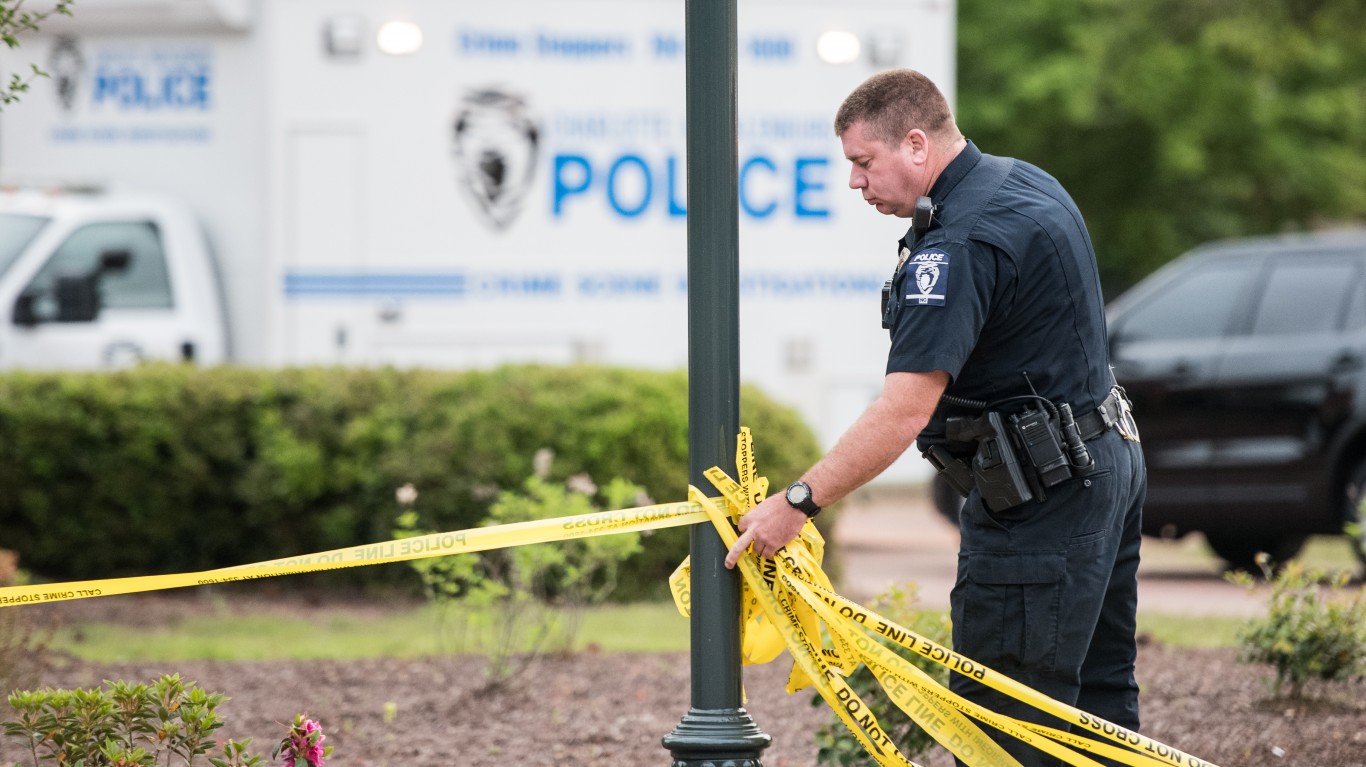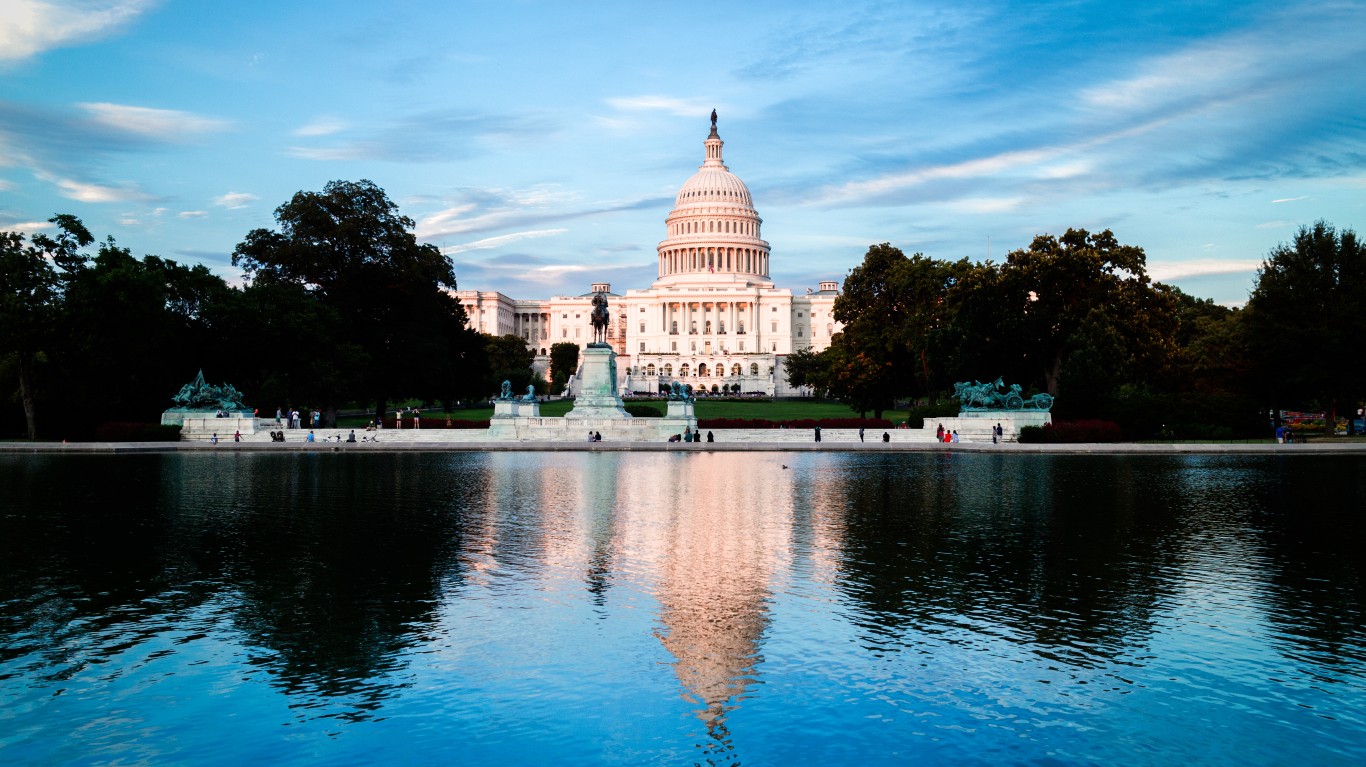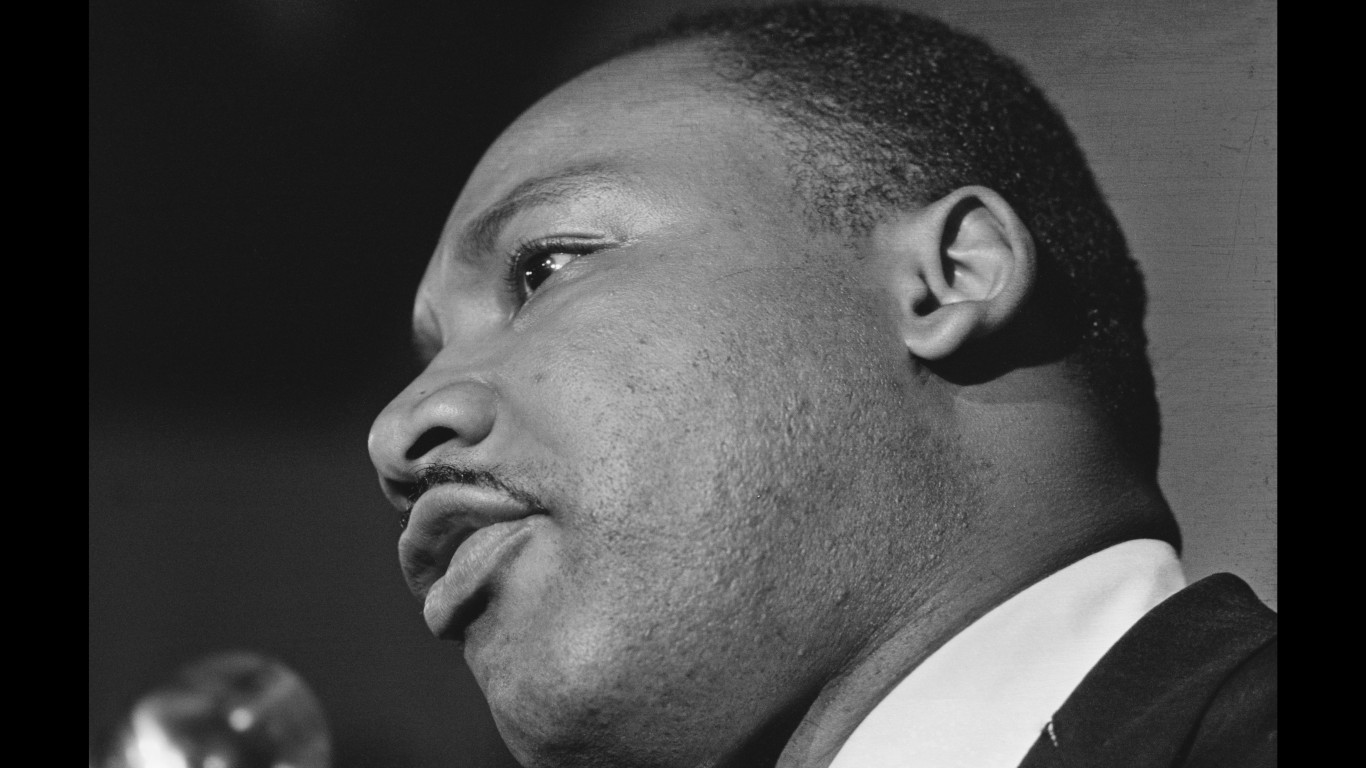
The United States faces a chronic blood shortage. While about 38% of the population is eligible to donate blood, only less than 10% do. The latest urgent call for blood donors issued by the Red Cross was just two months ago.
Every day about 36,000 units of red blood cells are needed in the U.S. Around 4.5 million people would die every year because blood wasn’t available for life-saving transfusions.
States with large populations tend to have more blood donations centers, but that doesn’t mean they are easily accessible. For example, California has 72 fixed locations, the state with the second most, but only about two per million people. Similarly, Texas, Illinois, Pennsylvania, and New York, which are among the state with the most facilities in the country, don’t even make the top 10 when the ranked on the number of facilities per capita.
One unit of blood is approximately 525 ml (or just over 2 cups), which is about one pint. Just one pint is enough to save as many as three lives; a person somewhere in America needs blood every two seconds. The need will only become greater as people live longer and more advanced medical treatments that require blood transfusions are developed
Hospitals are often in short supply of type O blood. This is both because it is the most common blood type and because type O negative is the universal donor – it can be given to people with all other blood types, which is why it’s used in emergencies.
Most people are eligible to donate blood, but a few restrictions apply: A person needs to weigh at least 110 pounds, be in generally good health, and be at least 16 years old in most states. Certain conditions can also disqualify potential donors. These include HIV/ AIDS, hepatitis B or C, having lived in Europe for five years after 1980, having traveled in the past year to places where some diseases are endemic, and having injected drugs.
To determine the state’s where it is easiest to donate blood, 24/7 Wall St. reviewed the number of active blood donation centers registered on the Food and Drug Administration’s website in each state per capita. Most blood centers rely heavily on mobile drives in addition to their fixed sites, so the geographic reach within their states is significantly higher. State populations come from the U.S. Census Bureau’s Annual Estimates of the Resident Population.
Click here to read about the states where it’s easiest to donate blood.

10. Idaho
> Facilities per million residents: 3.5
> Population: 1,716,943
> FDA-registered active blood center locations: 6
> City with most blood centers: Lewiston (2)
> Blood center with most locations: American National Red Cross (4)
[in-text-ad]
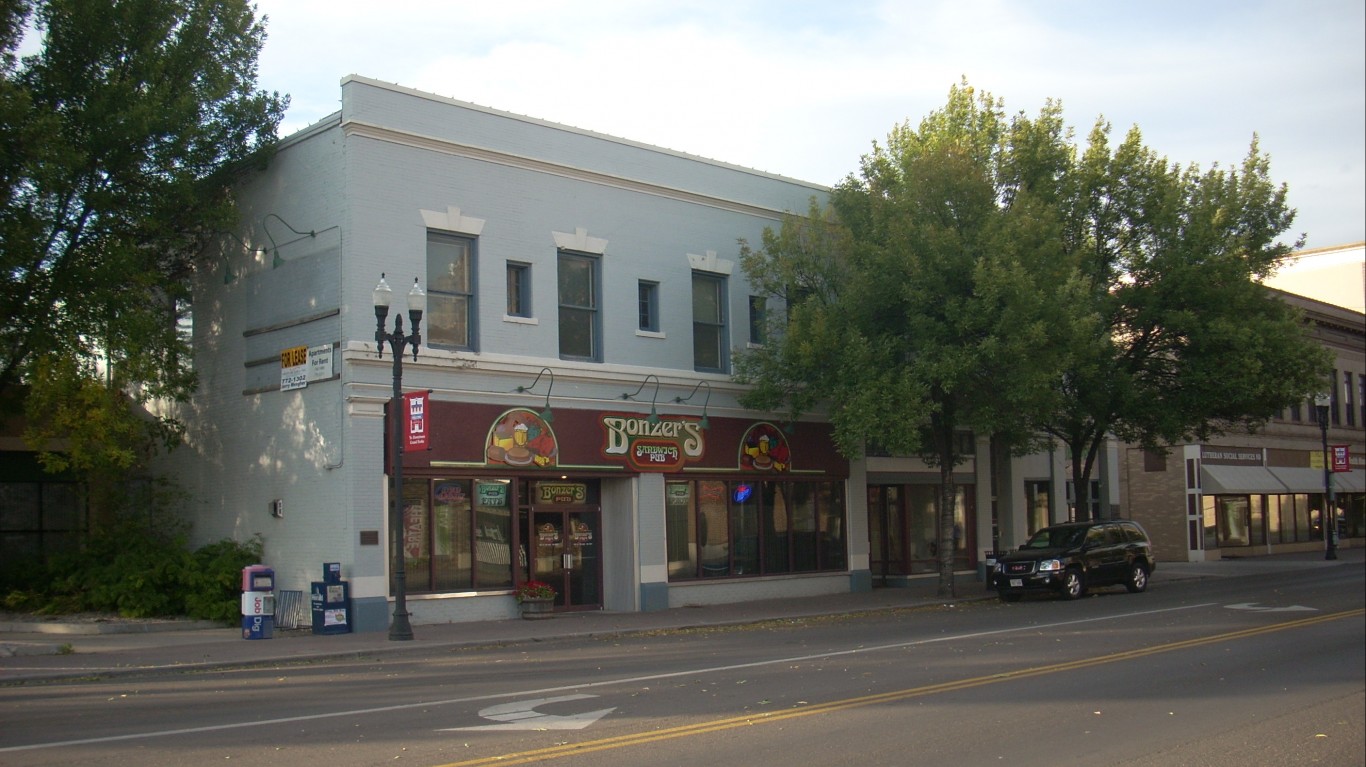
9. North Dakota
> Facilities per million residents: 4.0
> Population: 755,393
> FDA-registered active blood center locations: 3
> City with most blood centers: Grand Forks (2)
> Blood center with most locations: Altru Health System (2)
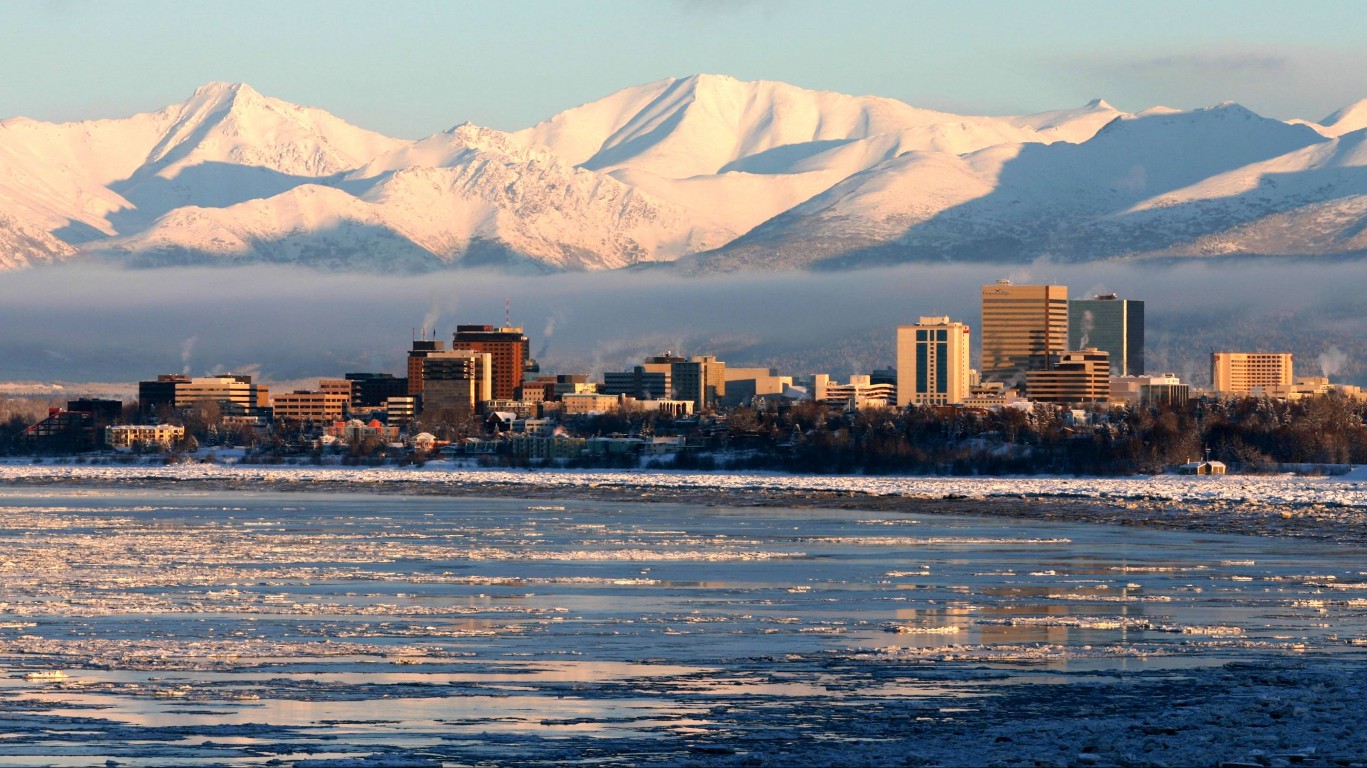
8. Alaska
> Facilities per million residents: 4.1
> Population: 739,795
> FDA-registered active blood center locations: 3
> City with most blood centers: Anchorage (1), Fairbanks (1), Wasilla (1)
> Blood center with most locations: Blood Bank of Alaska, Inc. (3)

7. Washington, D.C.
> Facilities per million residents: 4.3
> Population: 693,972
> FDA-registered active blood center locations: 3
> City with most blood centers: n/a
> Blood center with most locations: n/a
[in-text-ad-2]

6. Florida
> Facilities per million residents: 4.4
> Population: 20,984,400
> FDA-registered active blood center locations: 92
> City with most blood centers: Jacksonville (6)
> Blood center with most locations: One Blood, Inc. (73)
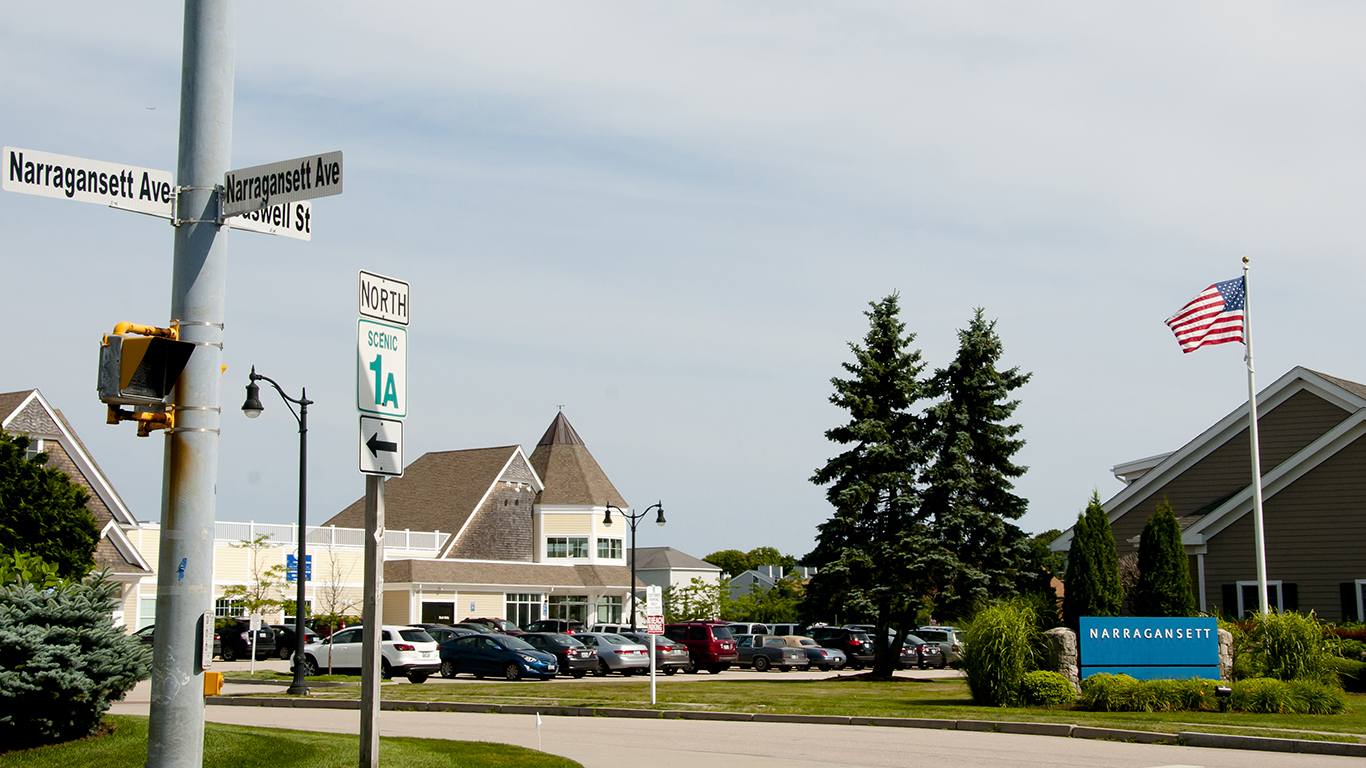
5. Rhode Island
> Facilities per million residents: 4.7
> Population: 1,059,639
> FDA-registered active blood center locations: 5
> City with most blood centers: Middletown (1), Narragansett (1), Warwick (1), Westerly (1), Woonsocket (1)
> Blood center with most locations: Rhode Island Blood Center (5)
[in-text-ad]
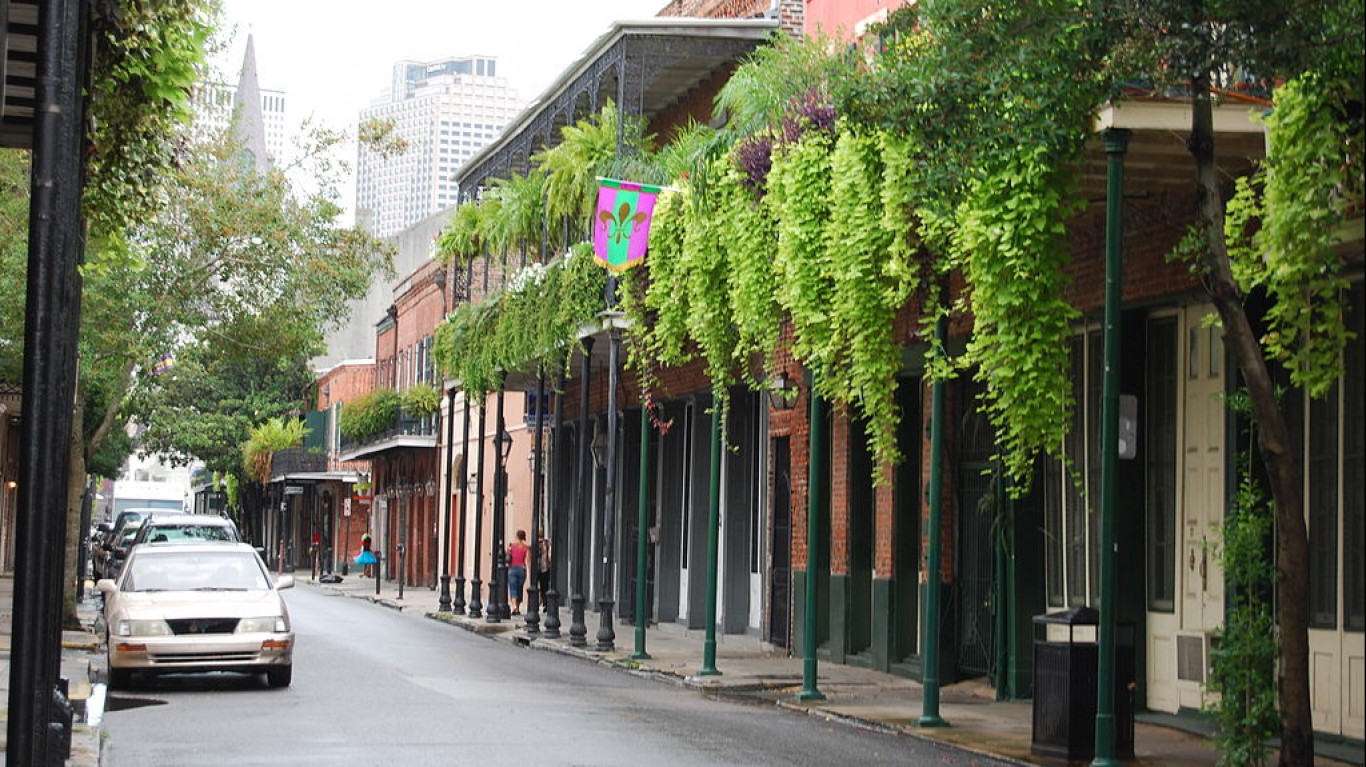
4. Louisiana
> Facilities per million residents: 5.1
> Population: 4,684,333
> FDA-registered active blood center locations: 24
> City with most blood centers: New Orleans (3)
> Blood center with most locations: The Blood Center (9)
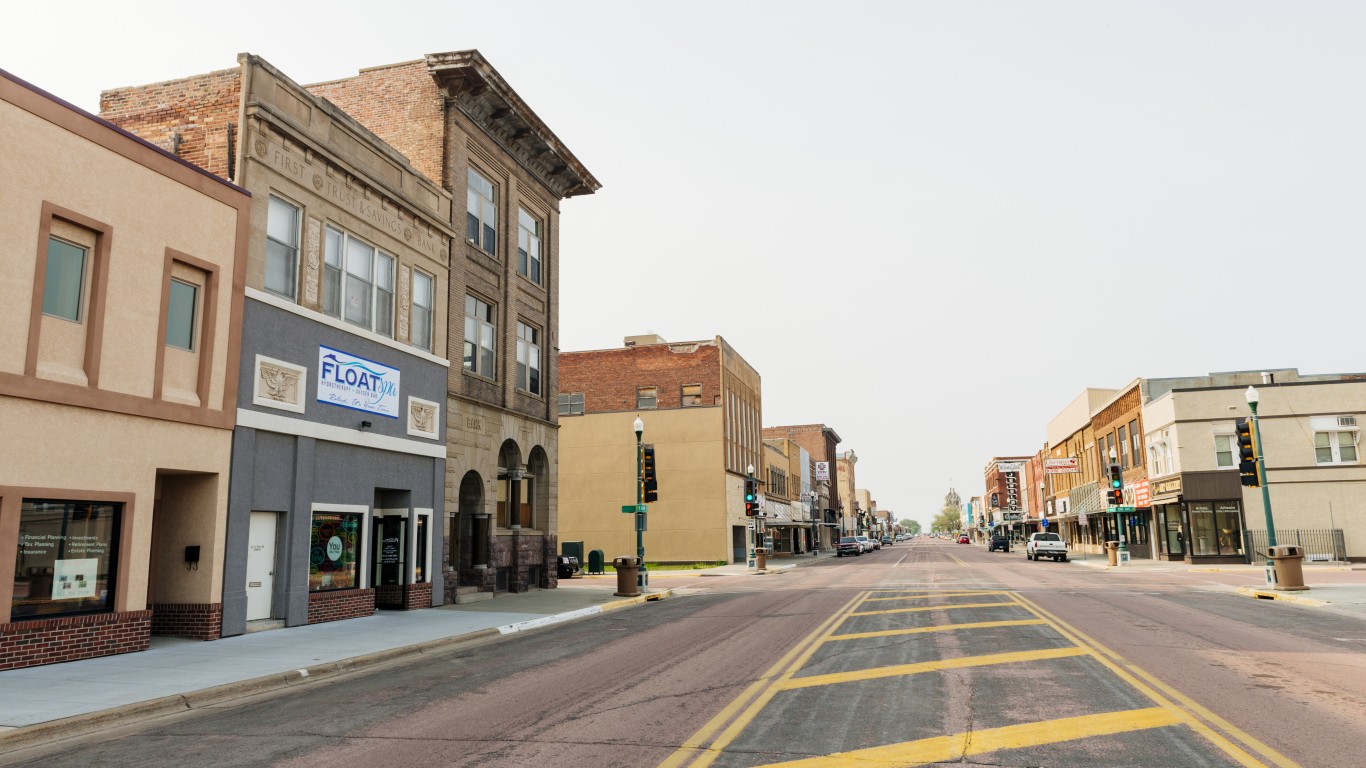
3. South Dakota
> Facilities per million residents: 5.7
> Population: 869,666
> FDA-registered active blood center locations: 5
> City with most blood centers: Mitchell (2)
> Blood center with most locations: Vitalant (3)
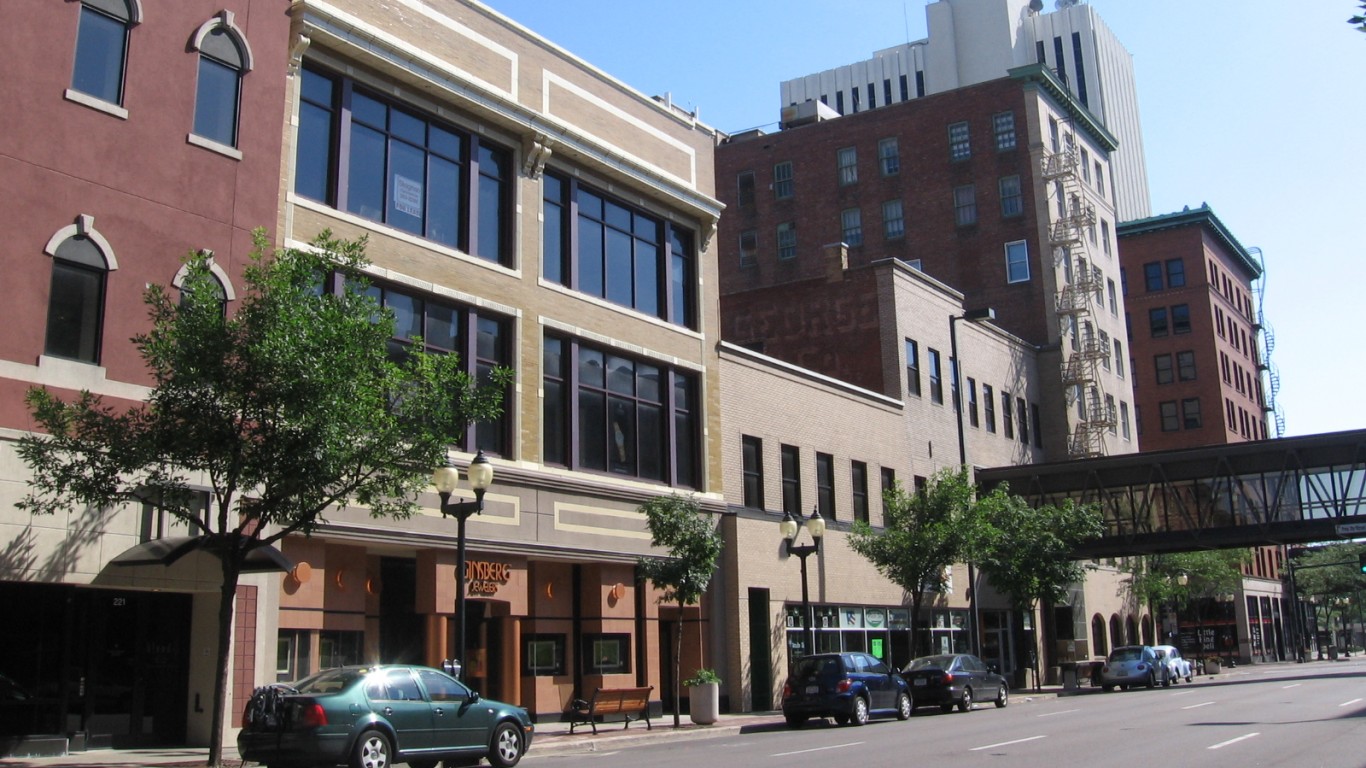
2. Iowa
> Facilities per million residents: 6.0
> Population: 3,145,711
> FDA-registered active blood center locations: 19
> City with most blood centers: Cedar Rapids/Dubuque (2)
> Blood center with most locations: Mississippi Valley Regional Blood Center (8)
[in-text-ad-2]

1. Montana
> Facilities per million residents: 6.7
> Population: 1,050,493
> FDA-registered active blood center locations: 7
> City with most blood centers: Kalispell (2)
> Blood center with most locations: American National Red Cross (5)
Thank you for reading! Have some feedback for us?
Contact the 24/7 Wall St. editorial team.
 24/7 Wall St.
24/7 Wall St. 24/7 Wall St.
24/7 Wall St.